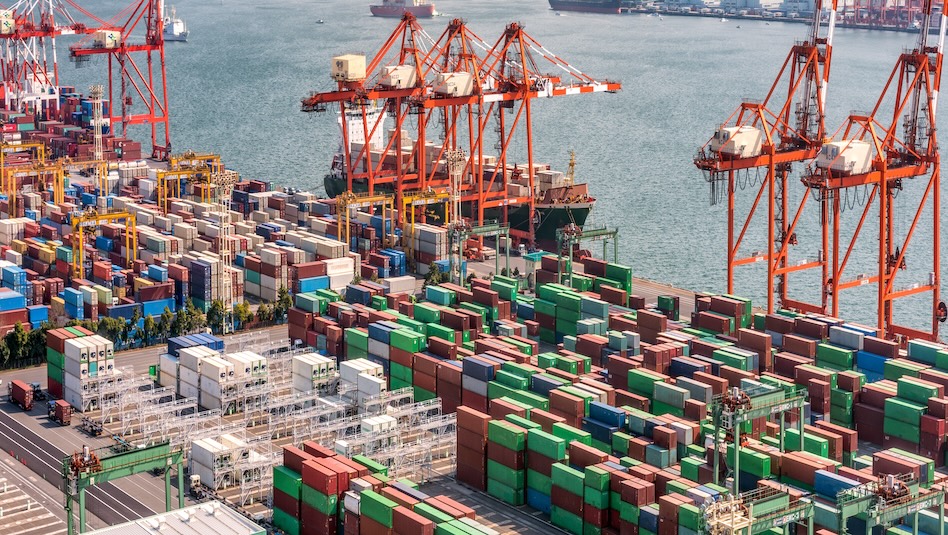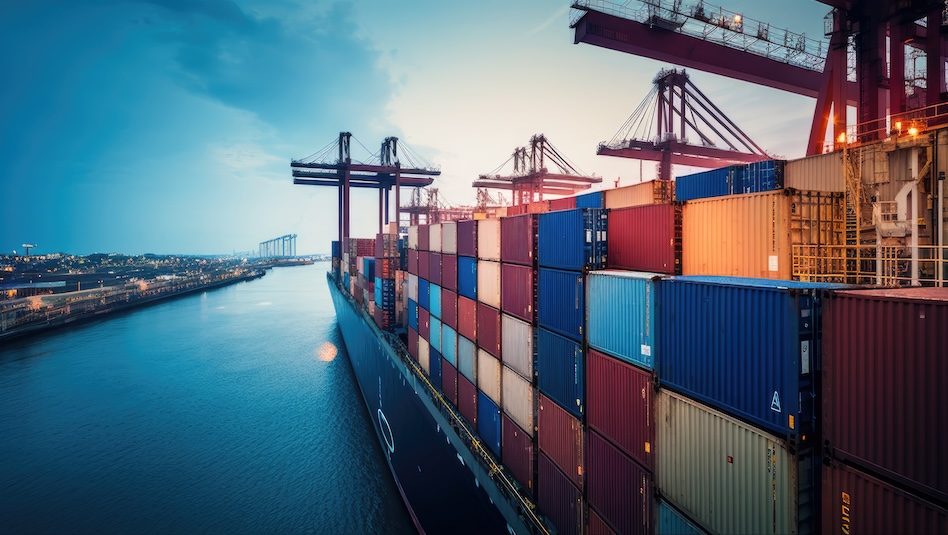




Monthly Economic Update: One for the road
 DOWNLOAD
DOWNLOAD

Inflation Update: Still low, still slow
 DOWNLOAD
DOWNLOAD

Philippines Trade Update: Exports momentum continues
 DOWNLOAD
DOWNLOAD


Philippines faces risks from Trump tariff threat

The Philippines is among the economies in Asia that may be at risk from spillover effects of US President Donald J. Trump’s plan to impose reciprocal tariffs on trade partners, analysts said.
Nomura Global Markets report noted that emerging Asian economies have higher tariff rates on US exports, “thus at risk of higher reciprocal tariffs.”
“Over 90% of the exports of India, the Philippines, Thailand and China (destined for the US) have higher relative tariff rates and are therefore most at risk of higher reciprocal tariffs,” Nomura Global Markets Research said in a report.
Data from Nomura showed that 100% of Philippine exports to the US could be subject to higher tariffs, representing 2.6% of gross domestic product (GDP).
Mr. Trump on Monday said he would announce plans to impose reciprocal tariffs on other countries over the next two days, Reuters reported.
Mr. Trump made the statement after signing two proclamations ending all exclusions on steel and aluminum tariffs first imposed during his first term and raising duties on both metals to 25%.
Mr. Trump said he was also looking at tariffs on cars, semiconductor chips and pharmaceuticals.
Reciprocal tariffs would mean the US will impose the same tariff rate on imports from other countries as other countries impose on US exports.
Leonardo A. Lanzona, an economics professor at the Ateneo de Manila University, said “tit-for-tat” policies can “trigger disruptions in the global supply chains, thereby resulting in higher prices for all traded goods and services.”
“Since China is a major supplier of intermediate goods and consumer products for the Philippines, any disruption or increase in prices due to tariffs or retaliatory policies could lead to higher production costs for Philippine businesses,” he said in an e-mail.
“This, in turn, may contribute to inflation or force companies to look for alternative (and possibly more expensive) suppliers,” he added.
China is usually the Philippines’ biggest source of imports, while the United States is the country’s top destination for exports.
“In addition, the United States is a key market for Philippine exports. If trade tensions between the US and China slow down the US economy or lead to broader global economic uncertainty, demand in the US could weaken,” Mr. Lanzona said.
“This would negatively affect Philippine exporters, especially in sectors like electronics, garments and agricultural products,” he added.
Nomura said it is unclear whether Mr. Trump would slap higher reciprocal tariffs per sector or across the board.
“If Trump takes a sectoral approach, then even countries with lower weighted average tariff rates could be subject to higher tariffs in specific sectors,” Nomura said.
“We expect Asian economies to step up their negotiations with Mr. Trump,” it added.
Nomura data showed the Philippines had a 3.3% weighted average effective tariff on US exports to the Philippines versus the 1.4% tariff rate on Philippine exports to the US.
The bulk of Philippine exports to the US are machinery and electronics, accounting for 67% of total exports.
Nomura noted that most developing Asian economies impose higher tariffs on agricultural products and transportation.
However, Philippine exports of agricultural and transport products to the US are much lower than its neighbors, accounting for 0.2% and 0.1% of gross domestic product (GDP), respectively.
Nomura noted sectors with higher relative tariff rates include plastic and rubber for the Philippines and footwear and miscellaneous manufacturing for Thailand.
It said Thailand is seen to be the “biggest loser” in Southeast Asia amid its high exposure to agriculture and transport.
“Thailand’s exports of agricultural products to the US comprise 0.8% of Thai GDP and transport products comprise another 0.5%.”
Meanwhile, Indonesia, Malaysia and Vietnam are seen to be in the “middle of the pack,” while the least exposed economies in the region are Singapore and South Korea.
Mr. Lanzona said the government needs to adopt strategies to cushion the economy from shocks stemming from the tariff regime, such as negotiating trade agreements, providing support for affected industries or investing in domestic production.
“More importantly, by promoting products that can be produced locally, the country may lessen its reliance on imported inputs — particularly from nations like China — thereby reducing exposure to external trade disruptions,” he said.
“Strengthening domestic production can help create more robust, locally controlled supply chains that are less susceptible to international tariff disputes or global market fluctuations.”
FX pressures
Meanwhile, ANZ Research in a separate report flagged the impact of tariff policies on currencies in Asia.
“Barring any near-term relief rally in Asia’s local markets, the risk of trade tariffs will continue to hang over Asian economies,” it said.
“Market stress is visible in increased demand for FX (foreign exchange) hedges and safe-haven assets. Asia FX will remain the vulnerable link in an environment of rising trade tension and weakening domestic growth impulse,” it added.
ANZ said currencies are the “main transmission channel to watch” as currencies in the region are vulnerable to a China-US trade war.
“The resulting risk-off tone from increased trade tension would also be supportive of safe-haven demand for the US dollar. In our view, no Asia FX markets would be meaningfully spared in a US-China trade war,” it added.
The peso closed at PHP 57.845 against the dollar at end-2024, depreciating by PHP 2.475 or 4.28% from its end-2023 finish of PHP 55.37. — Luisa Maria Jacinta C. Jocson
This article originally appeared on bworldonline.com





 By BusinessWorld
By BusinessWorld